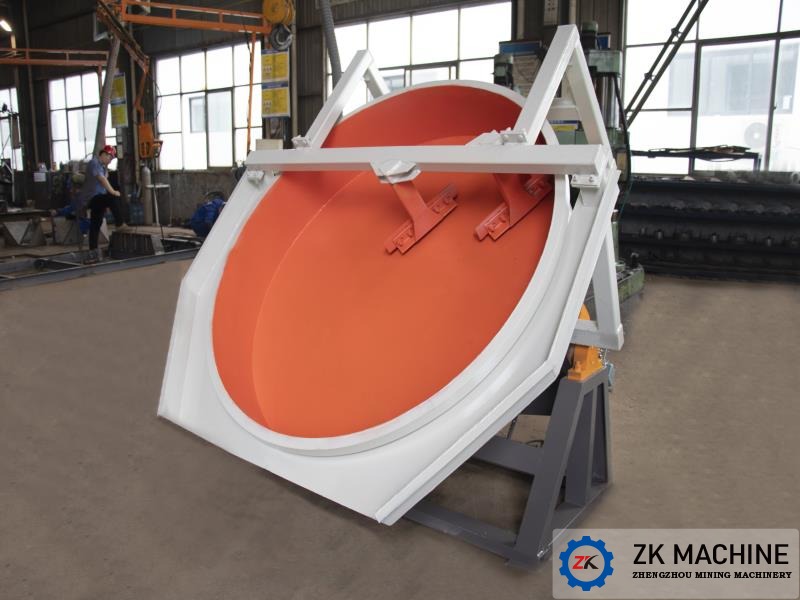- +8618937185591
- +8618937185591
- ec19@zkcorp.com
- +8618937185591


Phosphogypsum, as a "by-product" of the phosphate chemical industry, has an annual emission of over one billion tons. Its accumulation not only consumes large amounts of land resources but also easily causes soil and water pollution, becoming a "heartburning issue" for the green development of phosphate chemical companies. With the advancement of the "Double Carbon" goal and tightening environmental policies, the utilization of phosphogypsum resources is becoming urgent. In this transformation of solid waste into "treasure", the disc granulator independently developed by Henan Zhengzhou Mining Machinery Co., Ltd. (referred to as "ZK Machinery") has become a "key equipment" in the phosphogypsum granulation industry, providing crucial support for enterprises to unlock the entire utilization chain.
1. Strong technical support
Since its establishment, Zhengzhou Mining Machinery has always focused on the research and development and upgrading of equipment in the fields of mining, chemical industry, and building materials. In particular, it has accumulated over 20 years of practical experience in granulation technology. In response to the characteristics of phosphogypsum, which include high water content, strong adhesion, and irregular particle shapes, as well as traditional granulation equipment issues such as low pelletization rate, high energy consumption, and easy clogging, Zhengkuan Machinery established a dedicated R&D team. They conducted hundreds of experiments from material property analysis to equipment structure optimization and process parameter tuning, ultimately launching a high-efficiency energy-saving disc granulator specifically designed for phosphogypsum granulation, thus breaking through industry technology bottlenecks.
2. Professional design to handle complex work conditions
High Pelletization Rate + Excellent Granularity: By optimizing the disc tilt angle, rotation speed, and edge height design, combined with a special fabric device, the phosphogypsum pelletization rate is stabilized at over 90%, and the granule diameter is uniformly controlled within 2-8mm, meeting subsequent drying and calcination processing needs and avoiding product quality fluctuations due to uneven granules.
Anti-stick and easy maintenance: The disc liner is made of special wear-resistant and anti-corrosion material, which has been surface-treated to address the strong stickiness of phosphogypsum, effectively reducing material sticking to the walls. Additionally, the equipment's structural design is simple, and key components can be quickly disassembled and replaced, significantly reducing enterprise maintenance costs.
3. Energy-saving and environmentally friendly, reducing operational costs
Low Energy Consumption + Wide Adaptability: Through intelligent frequency control system, it can adjust operating status in real-time based on parameters such as gypsum containing water rate and particle size, reducing unit product energy consumption by 15%-20% compared to traditional equipment; Additionally, the equipment can flexibly adapt to different resource pathways such as gypsum board, gypsum mortar, and road base materials to meet diversified production needs of enterprises.
4. Professional service, worry-free throughout the process.
Henan Zhengkuang Machinery Co., Ltd. not only provides high-quality equipment but also offers customers comprehensive professional services. From equipment selection and installation and commissioning to later maintenance and technical training, our company has a professional team to provide customers with a one-stop solution. No matter what problems customers encounter during use, they can promptly receive responses and solutions from the company's professional technicians, ensuring customers have no worries. The single-tube dryer from Henan Zhengkuang Machinery Co., Ltd. is leading the phosphate concentrate powder processing industry towards a new stage of efficient, high-quality, and environmentally friendly development with its excellent performance and significant advantages.